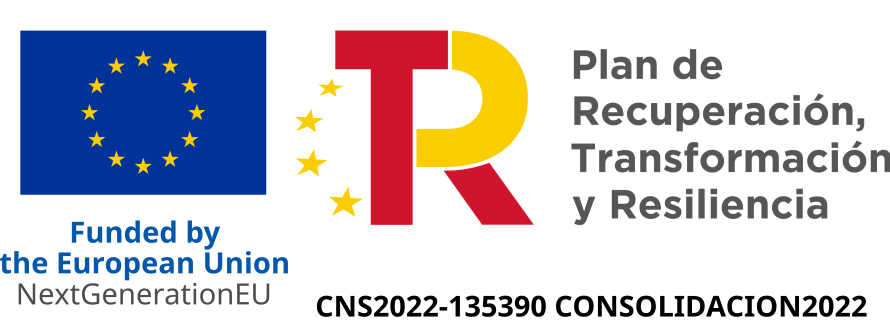¿Buscas información acerca de una conferencia o evento? En esta sección podrás consultar todas las actividades pasadas del seminario así cómo buscar información específica acerca de un visitante concreto o reunión.
¿Buscas información acerca de una conferencia o evento? En esta sección podrás consultar todas las actividades pasadas del seminario así cómo buscar información específica acerca de un visitante concreto o reunión.
This activity is supported by the research projects EUR2024.153556, PID2023-150727NB-I00, , PID2023-151060NB-I00, PID2022-142559NB-I00, CNS2022-135390 CONSOLIDACION2022, PID2020-118137GB-I00, PID2020-117868GB-I00, PID2020-116126GB-I00.

